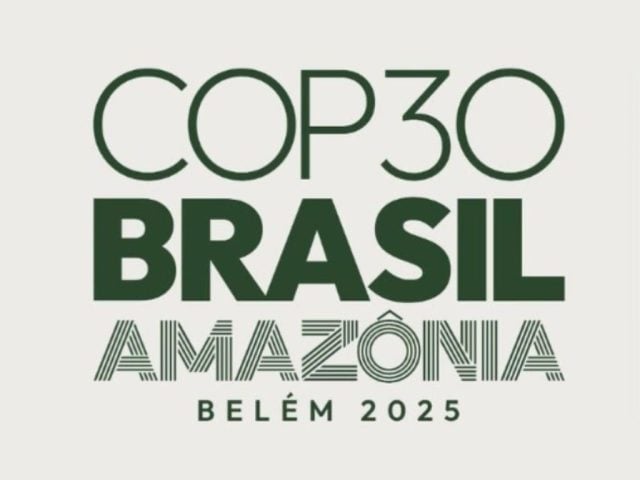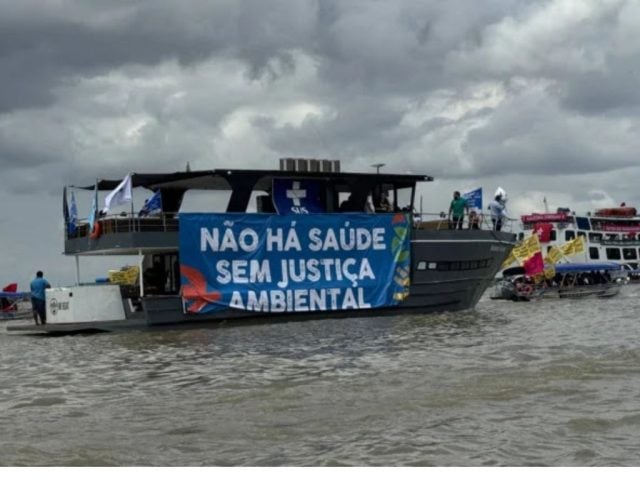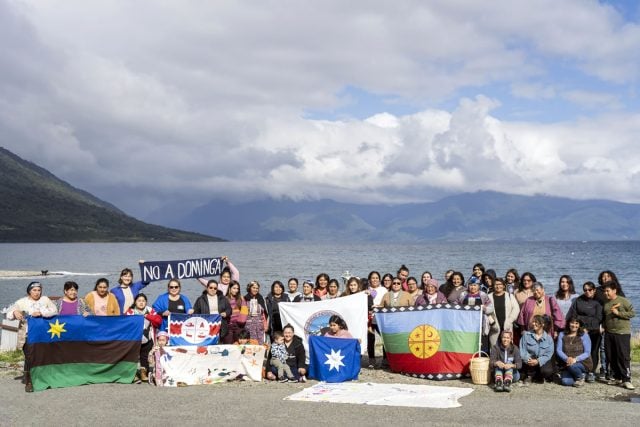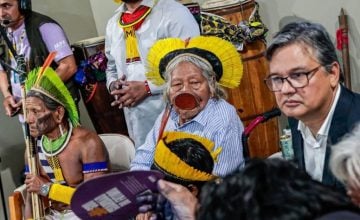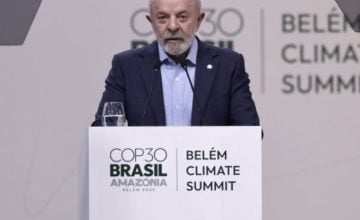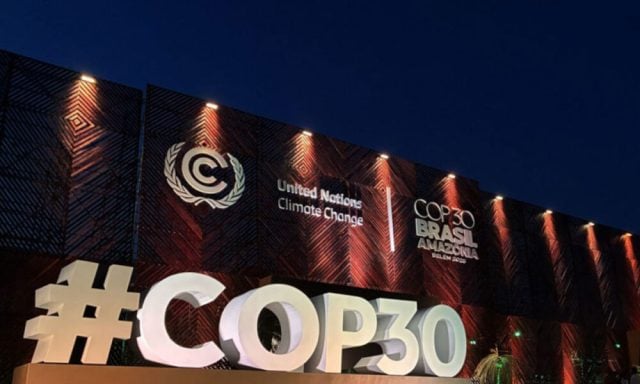Original article: Belém se prepara para la COP30, la cita clave del año frente al cambio climático
Belém Prepares for COP30: A Crucial Summit on Climate Change
The COP30 will commence on November 10 and run until Friday, November 21. This year, the event will take place in Belém do Pará, Brazil, bringing together global leaders to assess progress on commitments made under the Paris Agreement and enhance financing for climate action. It promises to be a pivotal event in determining how countries will escalate their climate actions leading up to 2030.
The Conference of the Parties (COP) began in 1992 during the “Earth Summit” as part of the United Nations Framework Convention on Climate Change (UNFCCC). This body was established to coordinate and oversee international efforts to meet the agreements and responsibilities undertaken by nations regarding climate change.
A Key Event for Global Climate Action
COP30 represents the thirtieth United Nations Climate Change Conference, an annual international meeting that convenes political leaders, experts, NGOs, and civil society representatives to discuss and coordinate responses to the climate crisis.
This year’s conference will revisit commitments made under the Paris Agreement—adopted at COP21—and delve deeper into discussions from prior summits. Key topics will include evaluating progress towards the goal of limiting global warming to below 1.5 °C and reinforcing climate financing to support more ambitious measures following the outcomes of COP29.
Major challenges include balancing commitments between developed and developing nations regarding climate financing, ensuring that emission reduction targets align with scientific evidence, and addressing the social and economic impacts of climate change that disproportionately affect the most vulnerable communities.
This year’s event will be hosted in Belém, a port city at the mouth of the Amazon River, known as the gateway to the Amazon region, which houses the world’s largest tropical rainforest and is a vital hub of biodiversity essential for global ecological balance.
What COP29 Left for Belém
COP29 was characterized by sluggish negotiations and a lack of significant agreements. Countries agreed to mobilize USD 300 billion annually in climate financing by 2035, a figure deemed inadequate compared to the trillion dollars needed to meet global targets.
Moreover, there was a call for governments, the private sector, and financial institutions to ramp up their efforts to achieve this additional funding. Although progress was limited, there was renewed momentum for carbon markets and parallel commitments from countries like Brazil that offered some optimism heading into the upcoming summit.
Focus on New NDCs
At COP30, countries will present their nationally determined contributions (NDCs), which outline their plans to address the climate crisis as stipulated in the Paris Agreement. Countries are expected to commit to specific targets for reducing greenhouse gas emissions and advancing climate adaptation measures, alongside addressing financing methods.
Thus, it will be crucial to see what NDCs are presented by countries that are part of the Paris Agreement, where 195 nations pledged to: ensure that the increase in global temperature remains well below 2 °C—ideally limited to 1.5 °C above pre-industrial levels—strengthen adaptive capacity in the face of climate change effects, and adjust financing according to each nation’s needs to meet these goals.
COP30 will serve as a critical opportunity to transform the commitments of the Paris Agreement into tangible outcomes. From Belém, in the heart of the Amazon, leaders must demonstrate whether global cooperation can still address the climate crisis. The agreements that emerge will set the pace for action towards 2030 and determine if the world can keep the 1.5 °C target alive.
